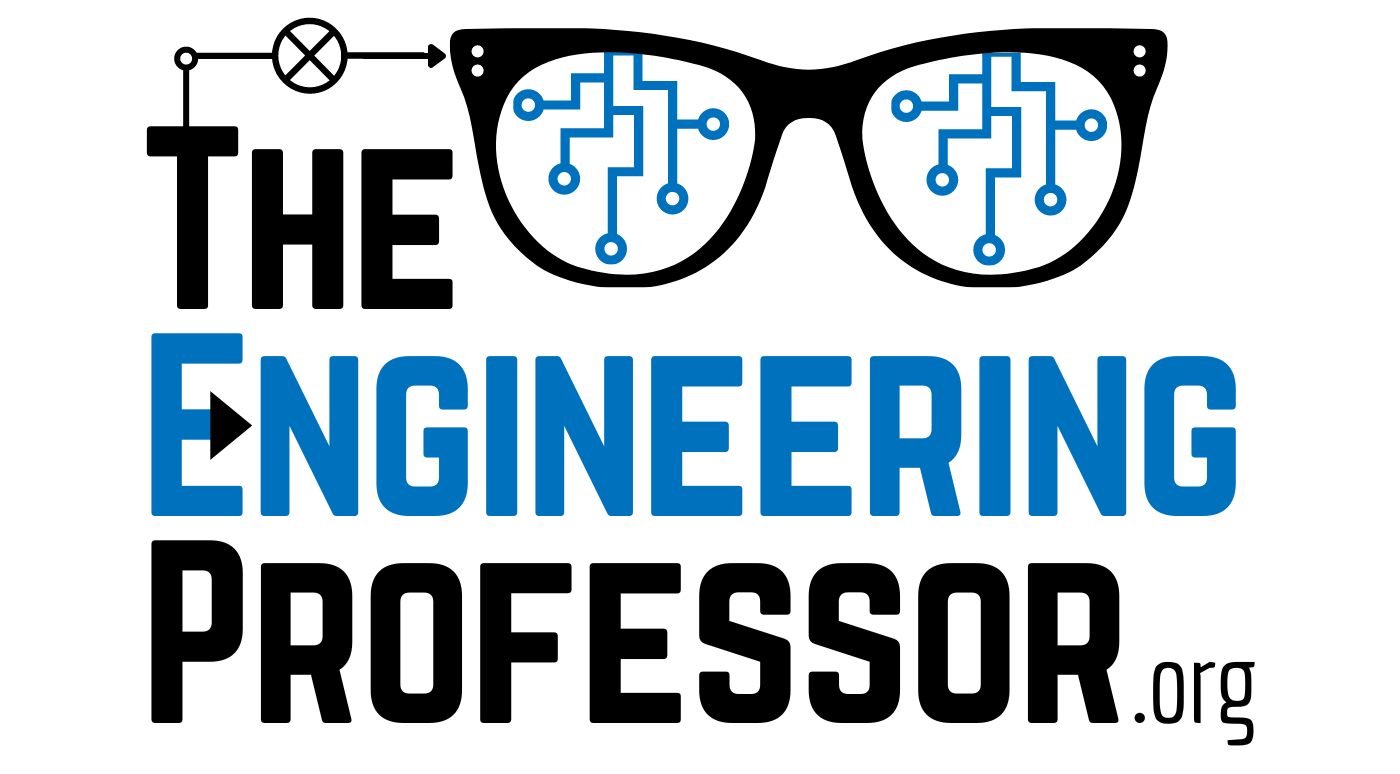I am an engineer, and I was never trained to teach. This fact seems to be very common for many STEM careers. We get a Ph.D. in engineering, and it is assumed that we are competent to execute well as teachers. Sure- “if she can calculate the cost of running a power plant when changing process constraints, then she can certainly teach process design’. Um, not necessarily.
STEM= Science, Technology, Engineering, and Mathematics. You can also add Art and it will be STEAM.
I started my teaching career during the last year of my Ph.D. because it was my turn to train the new students coming into our lab. I had expertise in TGA, SEM, XRD, and all those other instruments that require clever acronyms, because it is unbearable to mention their name every time. It seemed appropriate for my advisor to assigned me with the quest because, after all, I was also approachable. I remember that before my training session, I verified that all instrumentation protocols were detailed and that I had enough samples to run. You know, a sample for me to instruct and a couple for the students to follow me during training. With the help of several impromptu troubleshooting crises during the practice, it was obvious to me that the experience for the participants was holistic. Just as our engineering professors would say: “why active learning when troubleshooting is the epitome for engineers.” I was so proud of myself, but did my teaching session worked? I will never know. I realized now that at that point in my career, my teaching style was instructor-centered.
After finishing my Ph.D. in chemical engineering, I crossed over discipline boundaries and taught classes for a master program in Food Science & Technology. (You know, one-year appointment and struggling to get a job as a new Ph.D.) I have to say that my most meaningful interactions with the students occurred during the food processing laboratory. (Food Processing is like Chemical Engineering Processing, but you can eat your products.) Not only I learned the most, but the student certainly did. I started reading about active learning and educational research. I found many active learning strategies, but there were too many for me to handle it all.

You know how it goes, a first-time teacher with the pressure of covering the syllabus content and the book. Once again, the words from my professors in my mind: “The more chapters, the more you will learn.” As a new teacher, I had no room for implementation of those new teaching techniques, but I started my journey with simple handouts and some short discussions. Based on the exams and student evaluations most of my students succeed in the class, but my question was: why did they learn? I realized now that I was converting into a learner-center instructor.
After a year, I moved on and began teaching chemistry at a community college. I became an educator the moment I stand up in the chemistry classroom (Room K-028, I still remember). I decided that if I was going to be a teacher for the rest of my life, I better be the best one at it. Teaching to community college students was one of the most rewarding experiences because most of them need a good teacher to help them strive. I wanted to change their lives the way other teacher changed mine.
“Changing disciplines during my career has forced me to understand that teaching is a process, and it requires the active participation of both the instructor and the learner.”
Every semester was an opportunity for me to learn something new. Dedicated instructors surrounded me. I was encouraged to try new things and share it with them. I got trained in online instructional design and flipped classroom. I became a Quality Matters
reviewer to learn and improve my online approaches. I learned that teaching, retention, and success is a struggle across many disciplines. Every semester, I tried something new in one of my lectures. After many trial-and-error, I concluded that I liked flipping some of the lectures to give space for more active learning. One big question came to my mind: How can I measure the impact of my teaching strategies on my student performance and study skills? I deep dived into studying about teaching, learning styles, and assessment methods. It took me five years to load and comprehend necessary educational jargon.
I am currently an Instructional Assistant Professor at the Engineering Education Department and an affiliate faculty at the Chemical Engineering Department at the University of Florida. In this role, I work towards creating educational content for Chemical Engineering and First-Year design classes. I am so happy to be working my passion. As a first generation engineer and Ph.D., all my work (i.e., teaching, research, and service) focuses on understanding the processes that contribute to the persistence and retention of underrepresented minorities in academic engineering programs.
Changing disciplines during my career has forced me to understand that teaching is a process, and it requires the active participation of both the instructor and the learner. In my new job as an engineering faculty, I will apply many lessons into my classroom. The core of my education research journey will be on social justice, agency and professional formation of engineers.
The Universe spoke to me: “Sindia, you have found your teaching philosophy: student centered teaching using blended instruction methods, collaborative envisions and inclusive practices.” Wow, it sounds so beautiful, right?! The Universe never told me that this was the tip of the iceberg! I hope that you can join me in this journey while I discover my next steps.
Suggested Readings:
- Teaching and Learning STEM: A Practical Guide, by Richard Felder and Rebecca Brent (Jossey-Bass, 2016).
- NCSU : Learner-Centered Teaching
- Video: Active Learning with Dr. Richard Felder
- Access to ASEE Paper Data Base
Subscribe, comment, or return back to read more about my journey into engineering education.

